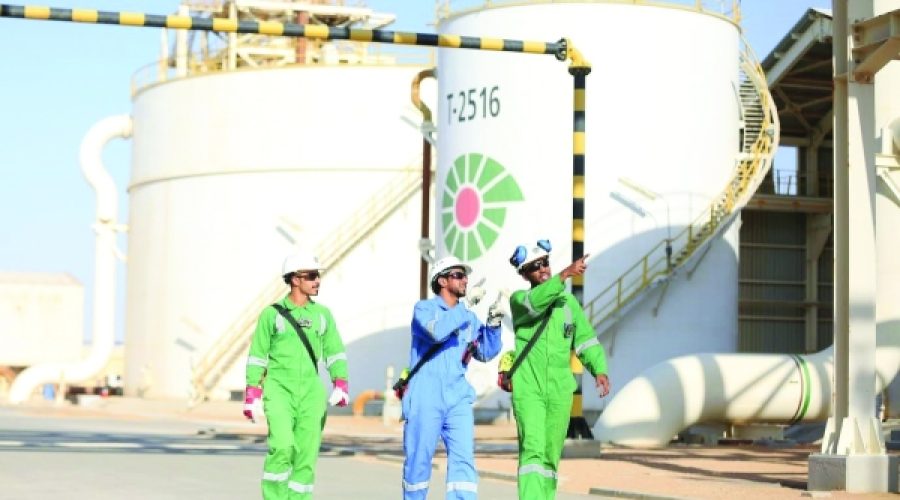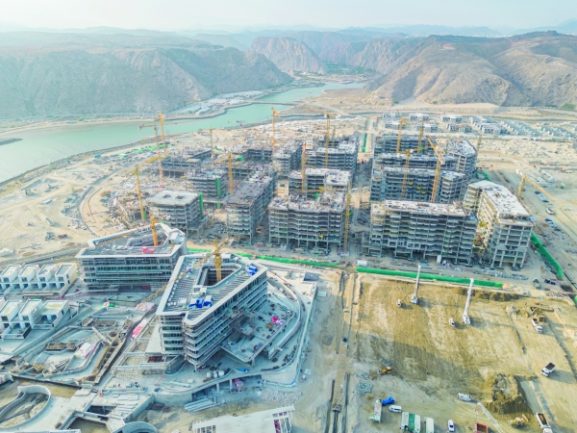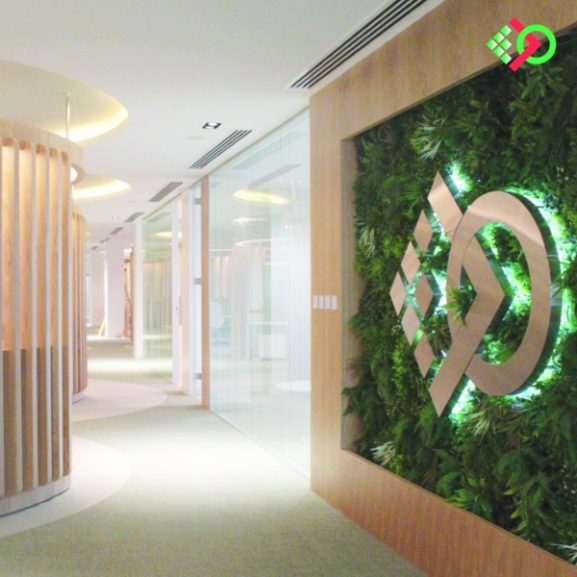PDO’s Breakthrough Net Zero Projects: How Oman’s Energy Transition Could Transform Business Opportunities
MUSCAT: Petroleum Development Oman (PDO), the leading oil and gas producer in the Sultanate, is actively pursuing a transformative journey towards achieving Net Zero by 2050. This initiative underscores PDO’s strong commitment to sustainability, energy efficiency, and environmental stewardship. The July edition of Wealth, a newsletter from the Ministry of Energy and Minerals, outlines PDO’s strategic roadmap, which aligns closely with Oman Vision 2040 and global decarbonization objectives. The roadmap includes a series of integrated projects aimed at enhancing energy production while significantly reducing emissions.
One of the flagship projects is a groundbreaking pilot in the Dhulaima field. This initiative marks a significant advance in carbon management and enhanced oil recovery (EOR). PDO has successfully implemented carbon dioxide (CO₂) injection into the Upper Shu’aiba reservoir, an area historically deemed inaccessible due to limitations associated with conventional water injection and low rock permeability. The results have been encouraging, showing a positive pressure response without gas breakthrough, thereby affirming both technical feasibility and reservoir stability. This pilot project not only unlocks substantial untapped oil reserves but also supports emissions reductions through a carbon capture, utilization, and storage (CCUS) framework.
The Dhulaima project is distinguished by its swift execution, completed in just 12 months. This achievement exemplifies PDO’s capability to manage intricate engineering challenges with remarkable coordination and accuracy. It also highlights the collaborative efforts of multidisciplinary teams who delivered the project on time while maintaining an impeccable safety record, with no health or environmental incidents—an indicator of operational excellence in Oman’s energy sector.
In tandem with its CCUS and EOR efforts, PDO is significantly increasing its investments in renewable energy to lower its carbon footprint across all operations. The company aims to generate 30% of its operational energy needs from renewable sources by 2026, marking a crucial step in its Net Zero strategy. Currently, several large-scale solar projects are in development.
Among these are Riyah-1 and Riyah-2, which together will have a capacity of 200 megawatts, making them the world’s first projects of their kind launched by an oil and gas company. Once operational in late 2026, these projects are projected to reduce carbon dioxide emissions by approximately 740,000 tonnes annually.
Additionally, the North Concession photovoltaic solar project, with a capacity of 100 megawatts, is set to be commissioned in the second quarter of 2026, contributing to a reduction of more than 220,000 tonnes of emissions each year.
PDO’s Amin photovoltaic solar power plant, operational since 2020, has already achieved a cumulative reduction of over 1.1 million tonnes of carbon dioxide emissions. Furthermore, the Miraah solar thermal steam generation project continues to facilitate clean steam supply for enhanced oil recovery and ranks among the largest facilities of its kind globally.
Complementary initiatives include the Dhiyaa project in Al Jazir, which provides solar power to public buildings while fostering renewable energy awareness within local communities. At PDO’s Mina Al Fahal headquarters, a solar project in its third phase is expected to reduce carbon dioxide equivalent emissions by around 1,800 tonnes annually.
An essential component of PDO’s environmental strategy is the sustainable management of produced water, which poses both operational challenges and emissions concerns due to its energy-intensive disposal methods. PDO has addressed this through the Nimr Wetlands project, utilizing reed beds for natural water purification.
With a treatment capacity of 175,000 cubic meters per day, this project not only prevents the release of 113,000 tonnes of carbon dioxide each year but also supports biodiversity by creating habitats for over 140 species of birds and animals. The Rima Water Treatment Plant, launched in 2022, employs innovative biological processes to treat about 40,000 cubic meters of water daily, resulting in energy savings equivalent to 10 megawatts and an additional reduction of 48,000 tonnes of carbon dioxide emissions annually.
Special Analysis by Omanet | Navigate Oman’s Market
PDO’s commitment to a Net Zero future by 2050 presents significant opportunities for businesses in Oman, particularly those aligned with sustainability initiatives and clean technology. The successful integration of carbon capture and renewable energy projects could attract investment and partnerships, while simultaneously positioning the country as a leader in energy transition. Smart investors and entrepreneurs should consider leveraging these developments to innovate within the sustainable energy sector, addressing both local and global market demands.



